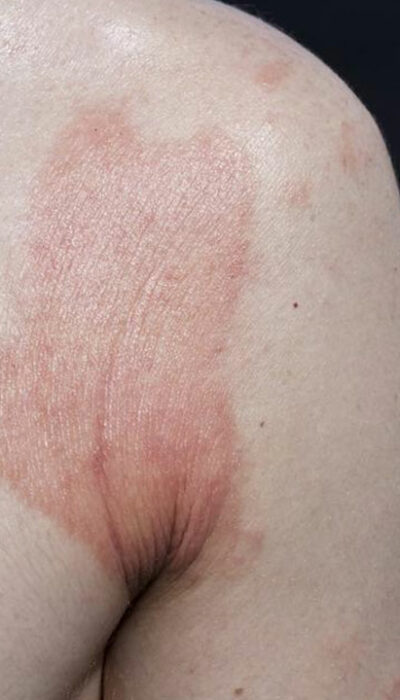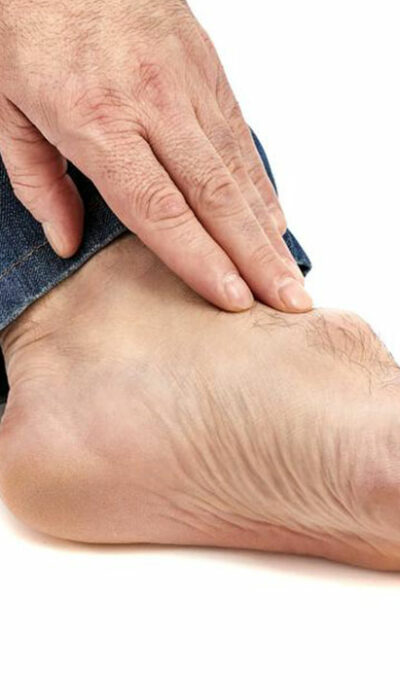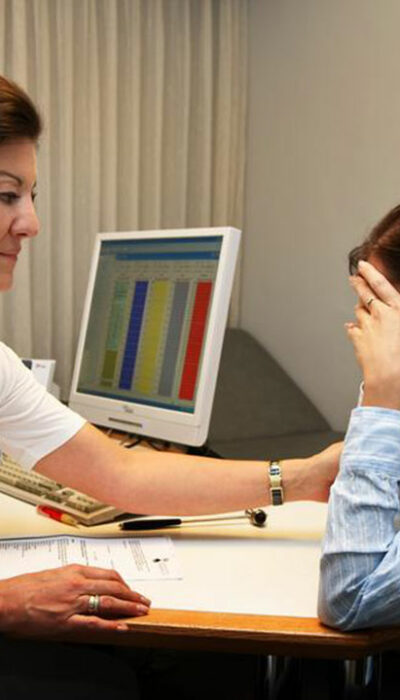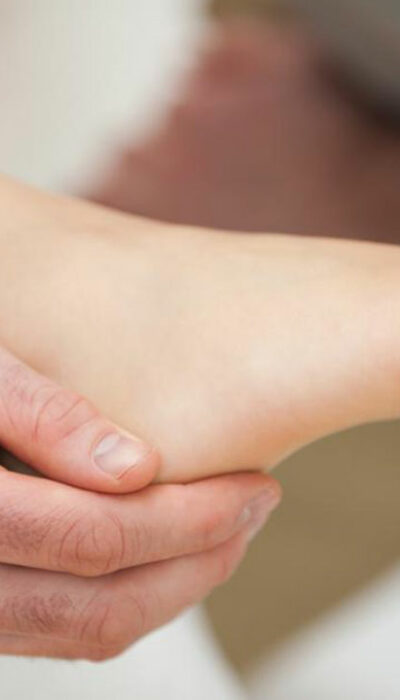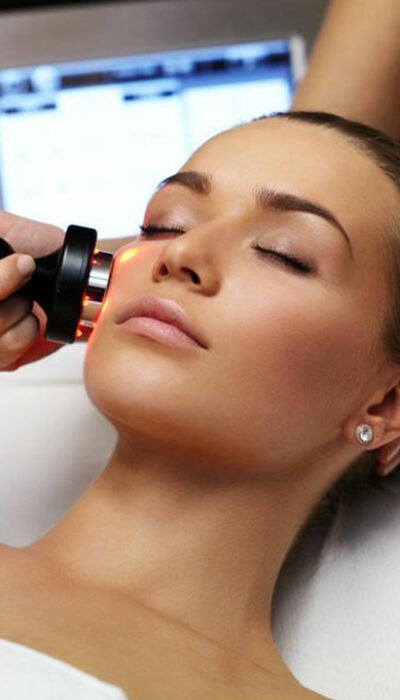
All You Need to Know about Treatment for Vertigo
Vertigo is an ailment where a person feels dizzy or has a sensation of being off balance. The person might feel that the world around him or her is spinning. Medical diagnosis has clearly stated the fact that vertigo is a problem that can occur due to inner ear problems. Some of these inner ear problems could be: · Benign Paroxysmal Positioning Vertigo, also known as BPPV, occurs when very small particles of calcium get deposited and clogged up in the ear canals. · Meniere’s disease is yet again another disorder of the inner ear in which there is an increase of fluid that changes the pressure in the ear. This can lead to vertigo coupled with the loss of hearing power. · The problem of Vestibular neuritis is another infection that could lead to inflammation in the inner ear that can give rise to vertigo and loss of balance. · The other minor reasons for vertigo could be aging, injury to the head and neck, medications of certain types, migraines and also strokes and tumor in the brain. Symptoms of Vertigo Some of the most common symptoms of vertigo are as follows: · Spinning of the head · Nausea · Titling of the body · Feeling of being pulled in one direction · Headache · Sweating · Loss of hearing at times Treatment of Vertigo Treatment for vertigo is done in many different manners. Doctors often advise patients to take rest, ample of fluids and wait for some time. Often the brain can get accustomed to the condition of the inner ear and stabilize the body functions. In this context, we see that often all problems and other uneasiness can go away without having to go to any particular type of treatment for vertigo. However, depending on the nature and the seriousness of the problem, there can be a few types of treatment for vertigo that you could try.

